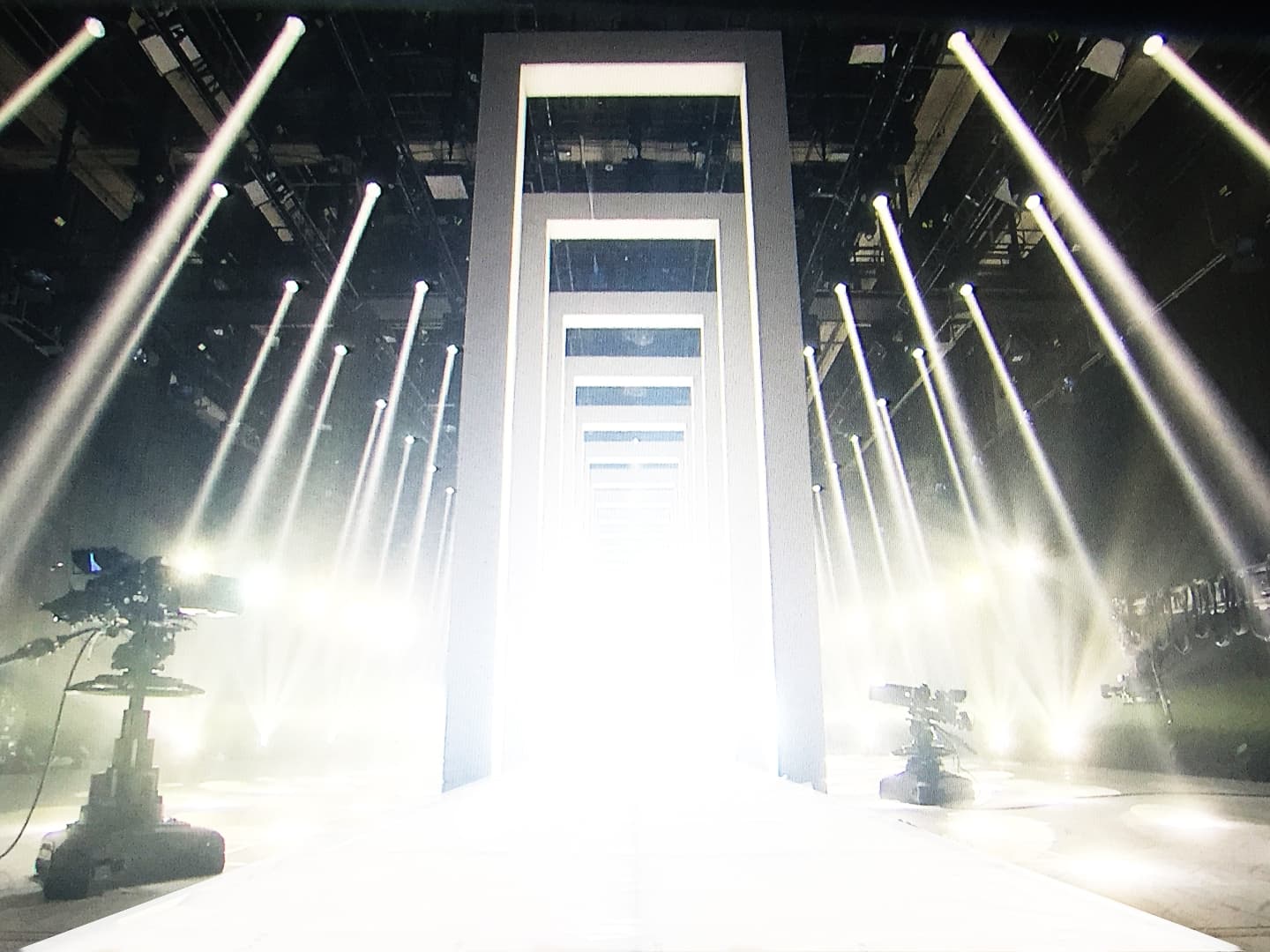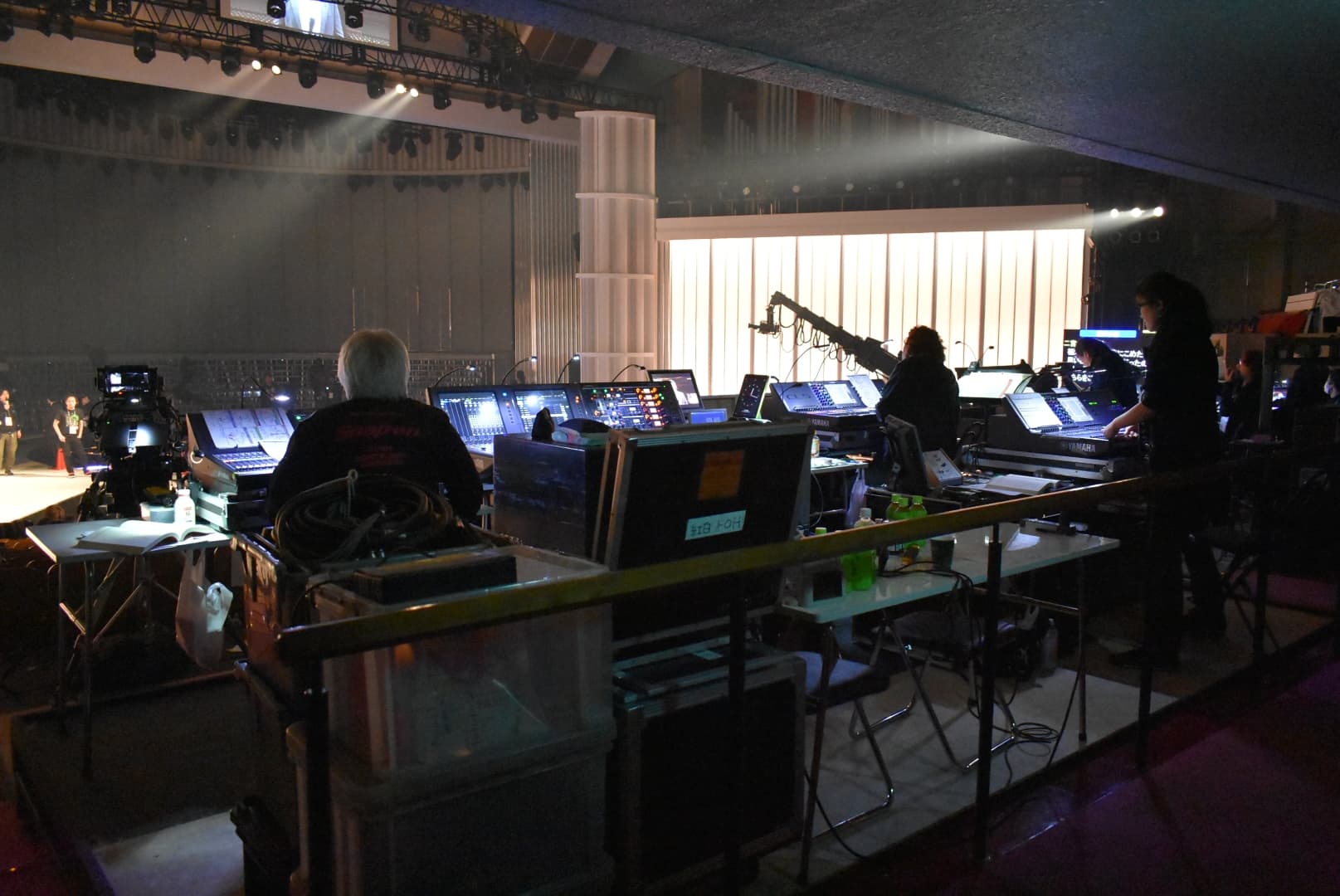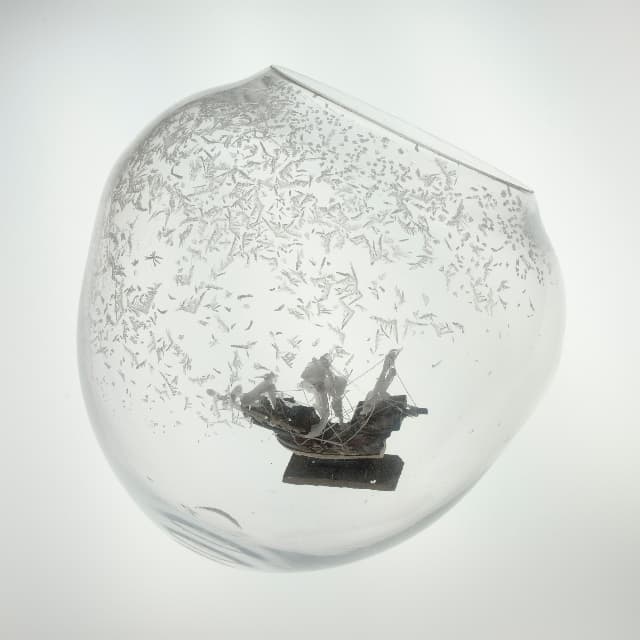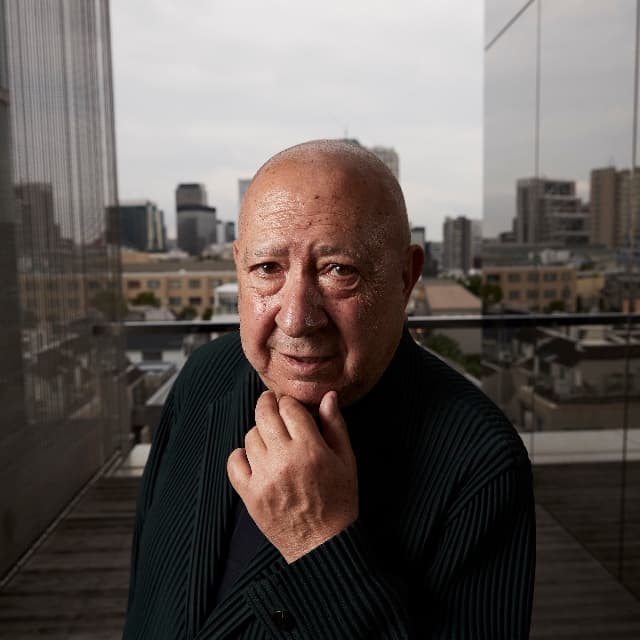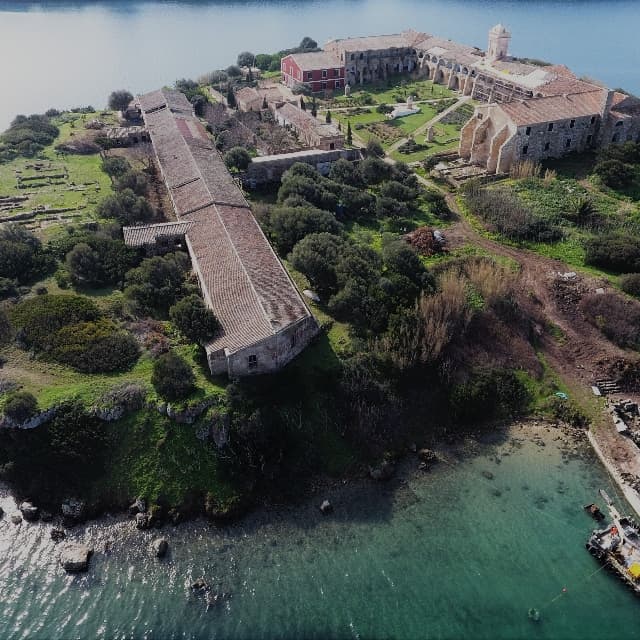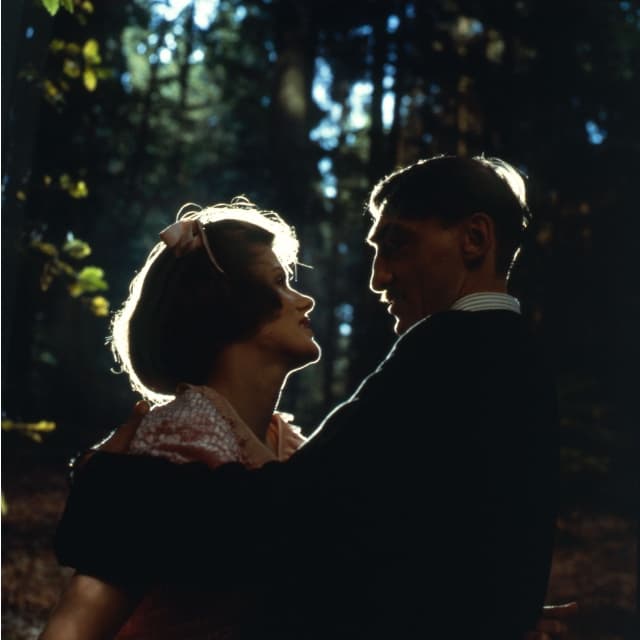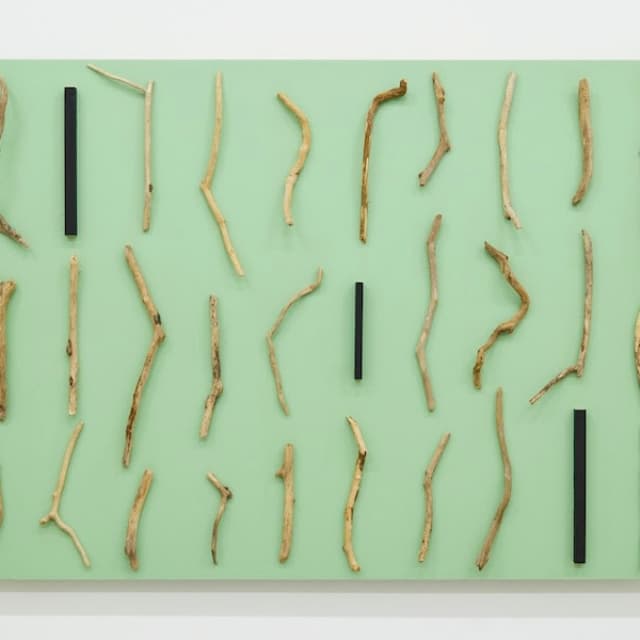How was the stage art of the "Red and White Song Battle" born? Ask NHK Design Center Daisuke Moriuchi
A feature of the New Year's Eve in Japan, "NHK Kodo Suka". With thousands of staff participating, it is a program that NHK will produce with all its might. Web version "Bijutsutecho In "The 68th NHK Red and White Song Battle" infiltrated the NHK Hall the day before the production. While covering the stage behind the scenes, I asked Daisuke Moriuchi, the chief producer of the NHK Design Center, who designed the stage art and video for this time, and asked about the purpose of the stage art.

Rehearsal scenery of the 68th NHK Red and White Song Battle
| Researched on “Osaka Expo”
The NHK Red and White Singing Festival in 2017, which started with a grand opening with lots of participating singers on the stage in the city of Shibuya. The red-and-white of the 68th is a reminiscent of Japan in the high economic growth period of the 1960s and 70s, such as classic back dancer costumes and a nightly image of Ginza colored with bright neon signs. Was seen everywhere. It is clear that the former Tokyo Olympics held in 1964 and the trends of the times before and after it are reflected in the red and white ahead of the Tokyo Olympics and Paralympics in 2020, about two years later, but they were more directly referenced It was said that there was another. That's right, Daisuke Moriuchi, chief producer at the NHK Design Center, who designed the stage art and film this time.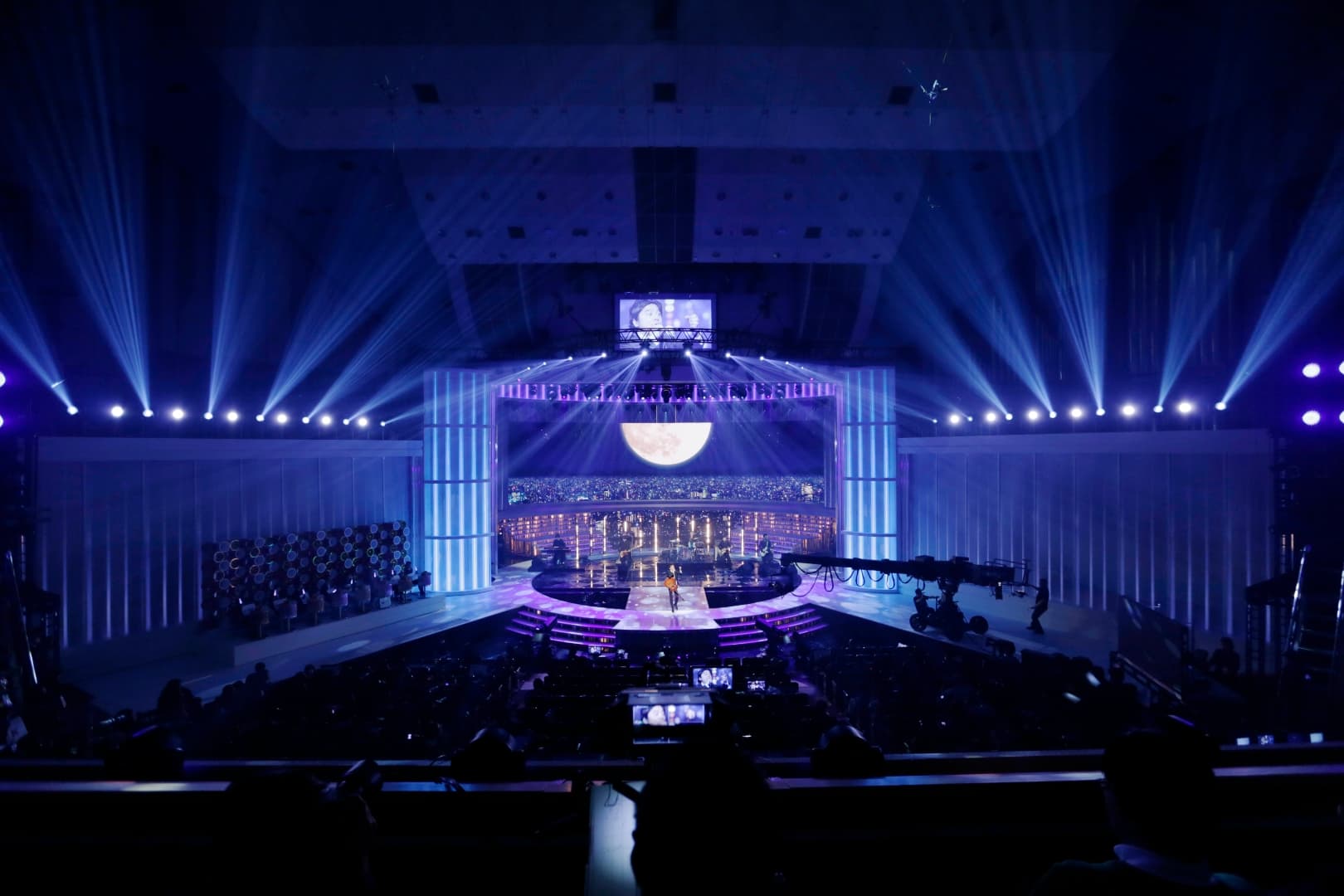


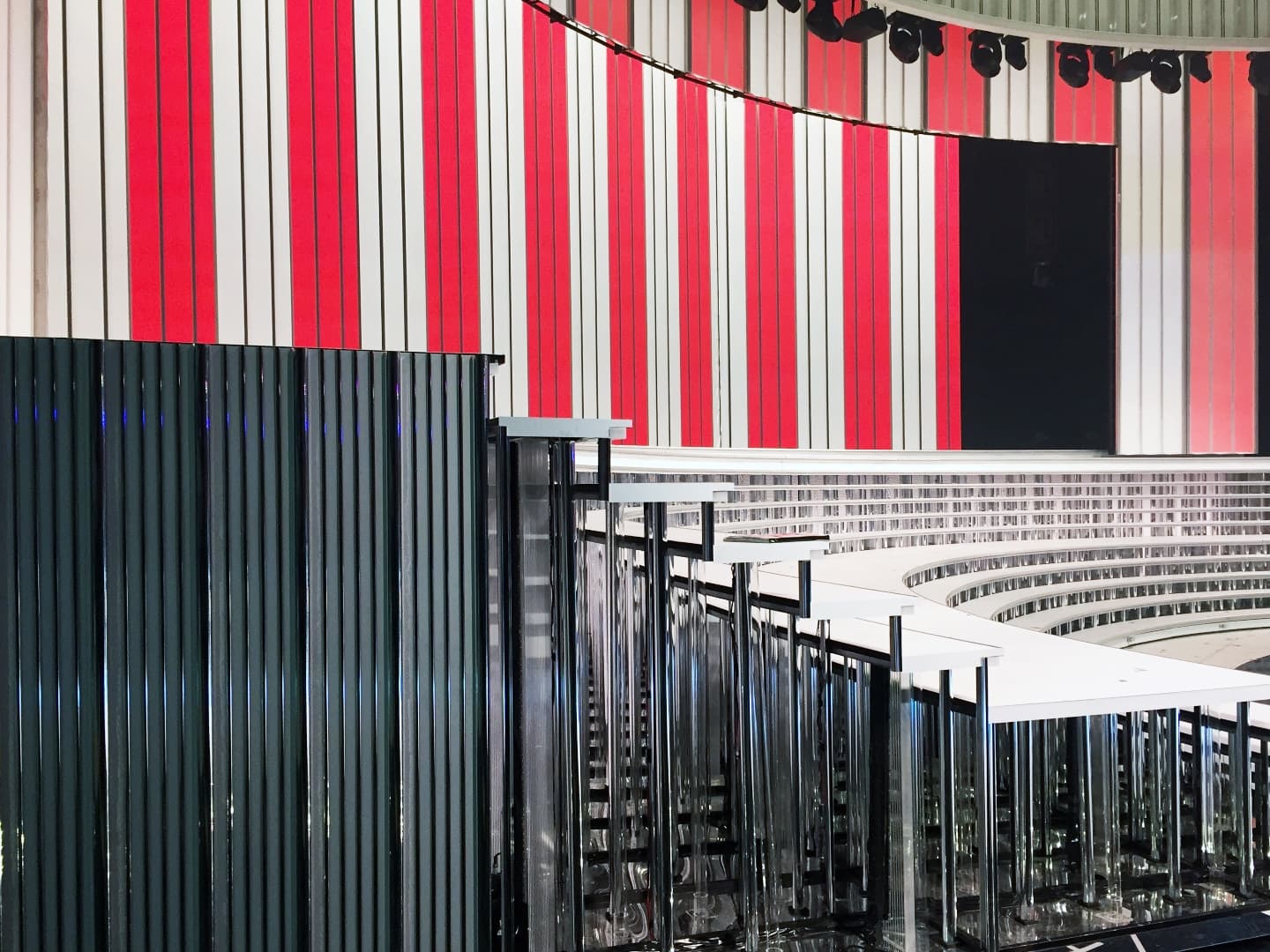


The stage of red and white also changes along the flow of the times
In this red and white, there are many highlights such as YOSHIKI (X JAPAN) 's drum performance resurrection that has undergone cervical spine surgery, special appearance by Shibata Akira, annual Perfume and lysomatics collaboration, AKB 48 Mayu Watanabe's last stage, etc. Although it has been said, it should be noted that it is a special stage of Namie Amuro who announces his retirement in September this year. A large white runway and rectangular gate groups set up in a huge studio black box. The word "loneliness" looks good in the room with a white dress. Moriuchi is the one who designed this stage art.